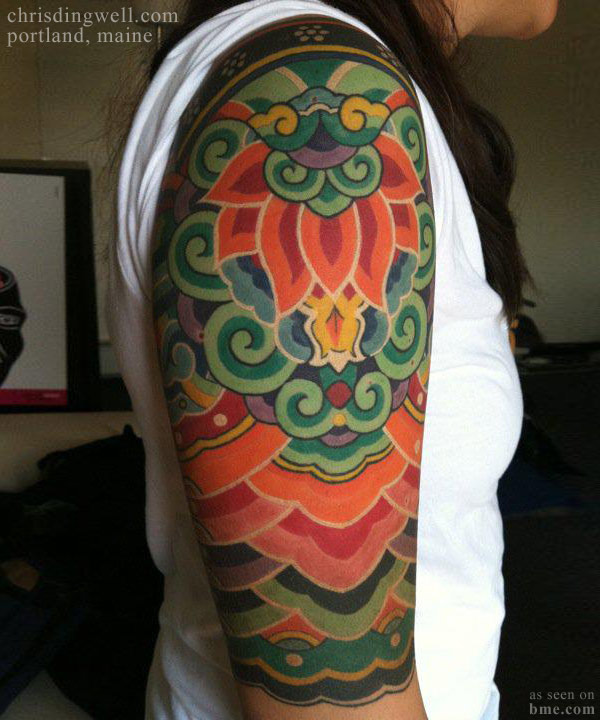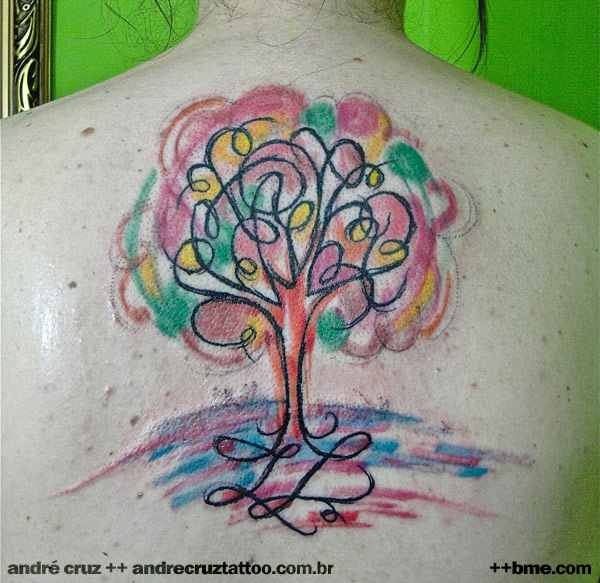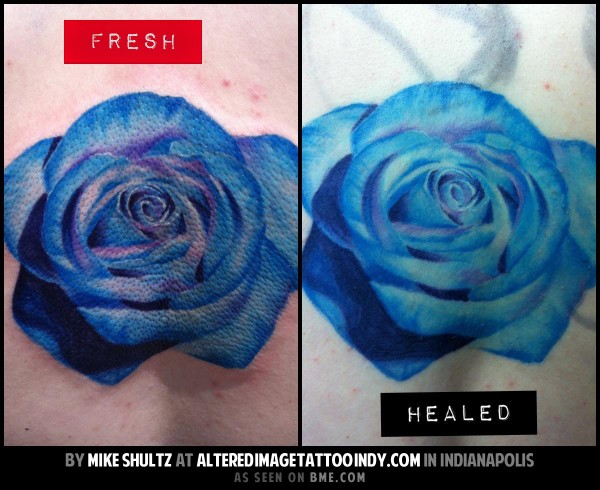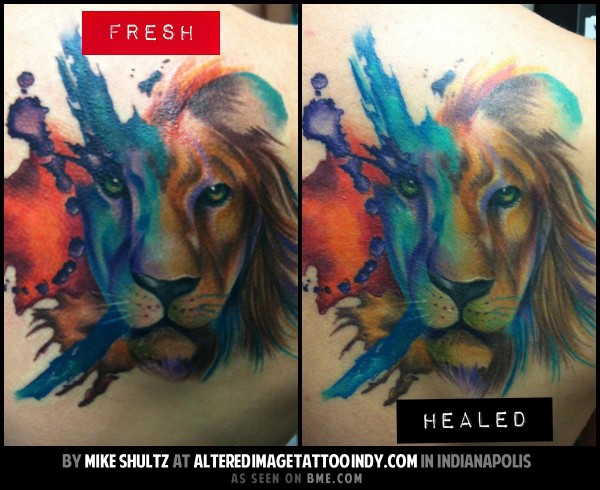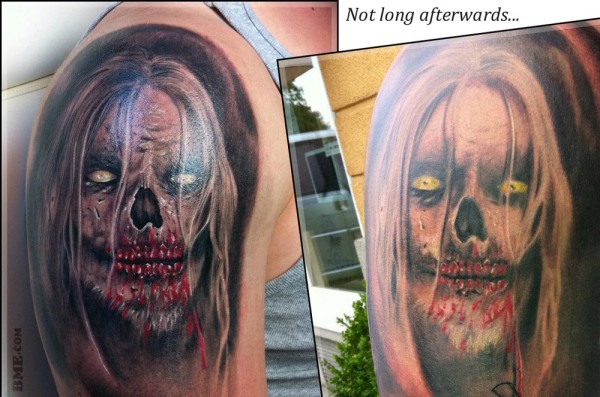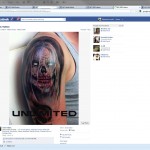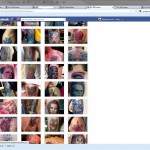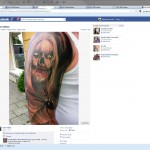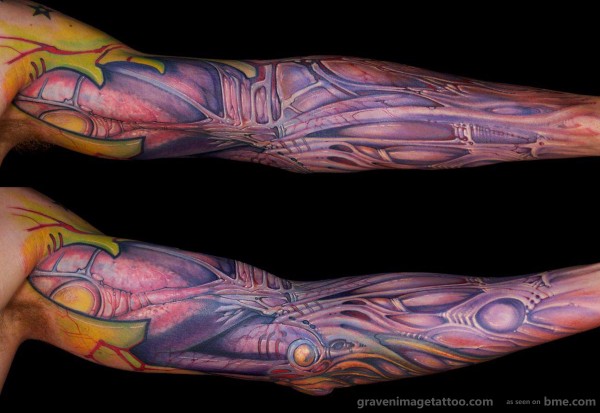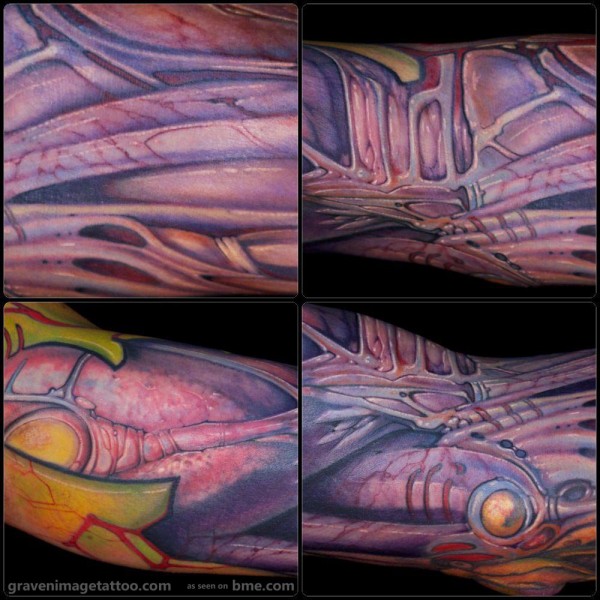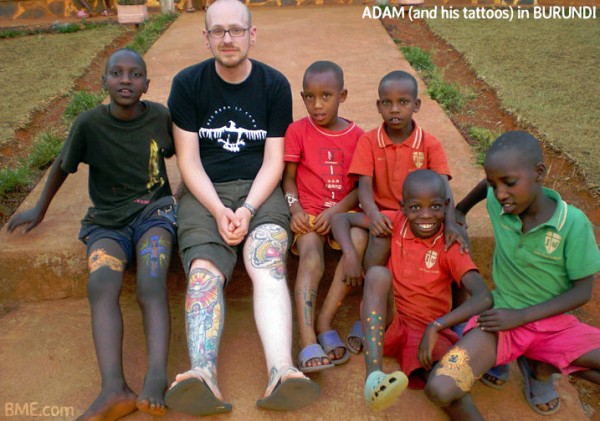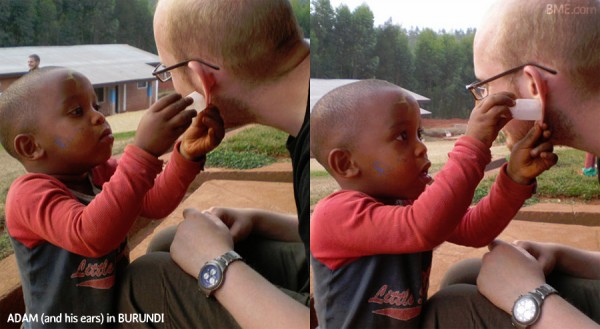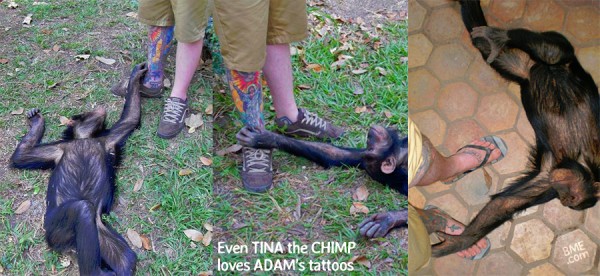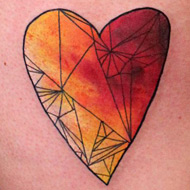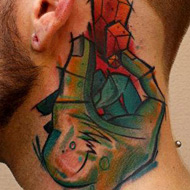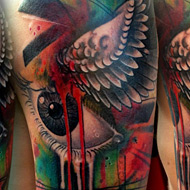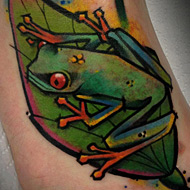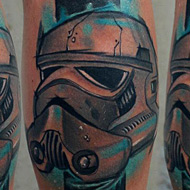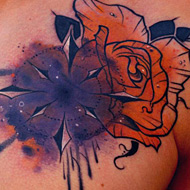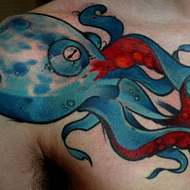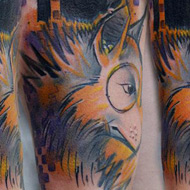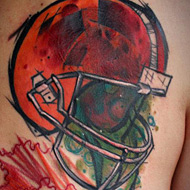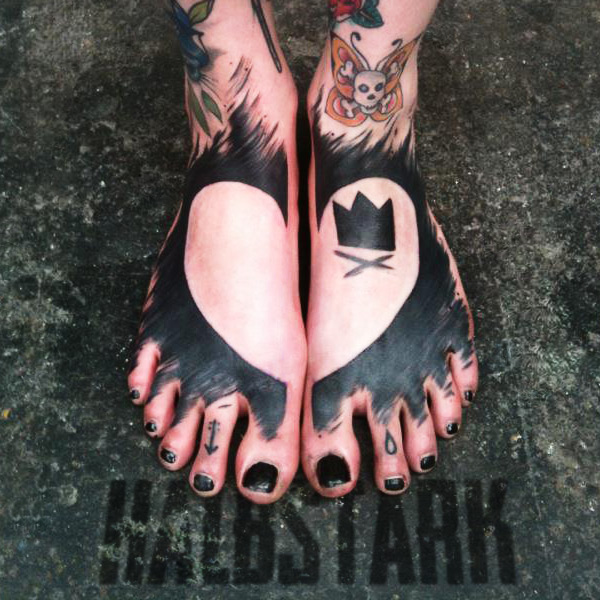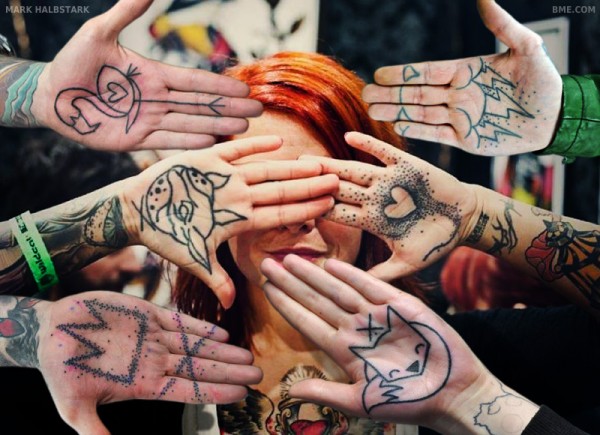After reports of long-term rashes from tattoos, a CDC investigation showed it to be Mycobacterium chelonae, a hardy and fast-growing bacteria that can be found in tap water. It can lead not just to rashes (technically this is a “granulomatous inflammation”), but cellulitis, difficult-to-treat infections, and abscesses are possible as well. It is especially dangerous for immunosuppressed people, for example those with HIV/AIDS. In addition, and this must be noted in the age of eye tattoos, ocular keratitis and related conditions can occur, as the eye has specific weaknesses in regards to this bacteria. The rash-type infections are quite common in tattoos, and can come and go in some people as they flare up in certain conditions with itchiness, sometimes painful, and small raised bumps, often with redness, although this may not always be visible in the case of a solid tattoo, especially blackwork. It typically starts two to three weeks after the tattoo is done, but can also take longer. Assorted studies by health departments, the CDC, the FDA, and scientists and medical researchers internationally seem to show that tattoo contamination from this bacterium is happening on a regular basis all over the world.
As I said, all it takes for a tattoo to become infected with Mycobacterium chelonae (and I suspect there are many other microbes I could say this of as well) is for the tattoo ink or components of the tattoo equipment to come into contact with tap water — this could happen when cleaning the equipment or when diluting the inks. More disturbingly, it may be completely unavoidable by the artist because a number of the infections have been traced back to the manufacturer, who used tap water at some point in their manufacturing process. There’s no way — other than infected clients after it’s already too late — for the tattoo artist to know whether their ink is contaminated, short of using sealed sterile ink. It’s only recently that tattoo ink companies have started offering single-use sterile packages of ink, and only a fraction of artists use these products at present. In addition, a study by the European Journal of Dermatology analyzed about sixty bottles of tattoo ink from different manufacturers, and found that 10% of them were microbially contaminated by a variety of bacterium (and they weren’t even checking for Mycobacterium chelonae — no definitive study has been done to date on what percentage of tattoo ink is contaminated at the manufacturer level).
Treatment of this bacteria is difficult because it is extremely hardy. At a minimum, local wound care for the lesions is required. In some cases antibiotics can help kill the bacteria — and we’re potentially talking about four to six months of treatment that can have serious side effects, although it’s often faster — and in other cases surgical removal (think of skin removal scarification — excising the affected tissue). If the infection is in an eye, surgical debridement is always required — in my opinion, any ink dilution for eye tattoos (and all tattoos) must be with sterile water, and the ink itself should ideally come from single-use sterile packages. It should also be noted that ophthalmic corticosteroids which are sometimes prescribed to deal with the healing of eye tattoos and to deal with the increased intraoccular pressure can cause this type of infection to get worse. All things considered, M. chelonae may turn out to be the largest risk in eye tattooing. Surgical excision of all the affected tissue is usually curative because the bacterium does not seem to spread significantly (which is why you may even notice flare-ups among only certain colours). Multiple surgeries can be required and will almost certainly result in significant scarring (and not the good kind).
The CDC for once gives some advice on the subject of body modification that I agree with, saying that ink manufacturers need to be held to higher product safety standards including production of sterile inks. They recommend that tattoo artists:
- avoid using products not intended for use in tattooing
- avoid ink dilution before tattooing, and if dilution is needed, use only sterile water
- avoid use of nonsterile water to rinse equipment (e.g., needles) during tattoo placement
- follow aseptic techniques during tattooing (e.g., hand hygiene and use of disposable gloves).
I would add that I’d like to see tattoo artists using sterile ink whenever possible, seeing as many of these infections traced back to reputable ink manufacturers, and there would not have been anything the tattoo artist could have done to mitigate the problem. They also recommend that customers do the following to reduce their risk of infection:
- use tattoo parlors registered by local jurisdictions
- request inks that are manufactured specifically for tattoos
- ensure that tattoo artists follow appropriate hygienic practices
- be aware of the potential for infection following tattooing, and seek medical advice if persistent skin problems occur
- notify the tattoo artist and FDA’s MedWatch program (or other appropriate national program in your country) if they experience an adverse event.
I would also add to this that it might be worth printing out this blog post to share with your artist since they may not have the time to keep up with medical news, and being better informed is the most important first step in being safe. Finally, here is a collection of photos of what such an infection can look like. Click the picture to zoom in.
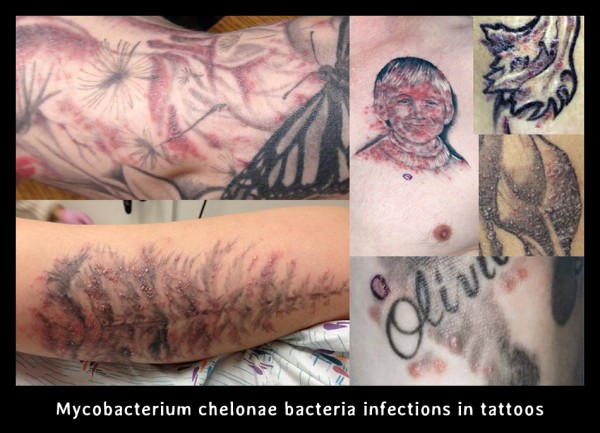
For more information, there is a good technical introduction with scientific paper references in the CDC’s frighteningly named Morbidity and Mortality Weekly Report here: http://www.cdc.gov/mmwr/preview/mmwrhtml/mm6133a3.htm. In addition, because of the volume of cases that are being seen now (this is being characterized by health officials as “not common, but not rare either”), you may see it in the news as well. Here are a few links to get you started, and Googling for “mycobacterium chelonae tattoo” will of course find many more: Study: Tattoo infections traced to tainted ink, Mycobacterial Infections: The Link to Ink, Tattoo ink causes health scare, and Tainted Tattoo Ink Led to Skin Infection Outbreak.
